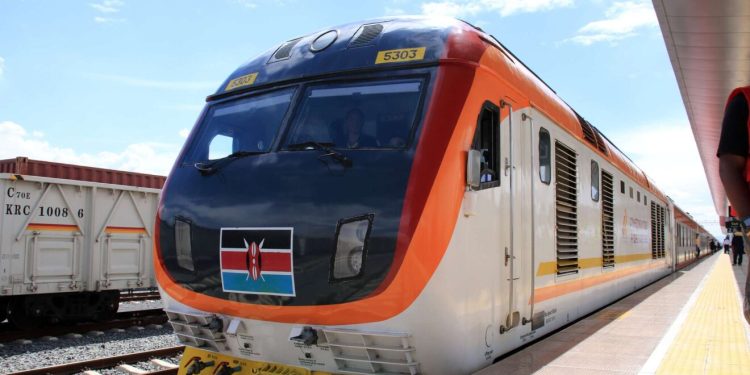The government is set to spend KSh 648 billion for the construction of phases 2B and 2C of the Standard Gauge Railway (SGR) in 2025 after meeting with a Chinese delegation.
- The 475-kilometre extension will stretch all the way from Naivasha to Malaba and its construction will last for approximately four years.
- The Chinese delegation led by Secretary for Disciplined Inspection, Xi Li, was carrying out a feasibility study at the Nairobi Terminus.
- They met up with key government officials including the Cabinet Secretary for Transport, Davis Chirchir and the Principal Secretary Mohamed Daghar.
“We are in top gear to ensure we extend the line to Kisumu and then Malaba, thereby allowing us to connect with Uganda and the Democratic Republic of Congo,” Mohamed Daghar said.
Initially, the SGR stalled in Naivasha due to the scarcity of funds meant to extend its network to the Ugandan border. Kenya had to renovate the old Meter Gauge Railway (MGR) to link it with the SGR to operationalize railway transport along the unfinished phases.
The Kenyan government had initially resolved to collaborate with Uganda to spring up a funding deal for the extension. China had promised to invest US$2.2 billion in constructing the railway from Malaba to Kampala but Uganda terminated the deal and chose a Turkish firm to finalise the plans citing its conditions as ‘more favorable’.
The East African Community is looking forward to develop a 6,220-kilometer SGR line to connect its eight member states. This resolution was announced during the ministerial session of the 19th EAC Sectoral Council on Transport, Communications, and Meteorology, convened in Arusha.
“A total of 1,120 kilometres of SGR is already operational in Kenya and Tanzania, with an additional 1,100 kilometres under construction in Tanzania,” said the Deputy Secretary General of Infrastructure, Productive, Social and Political Sectors in the EAC, Andrea Aguer Ariik Maleuth.
In 2023, the SGR in Kenya raked KSh 2.9 billion in revenue according to the KNBS. Upward adjustments of fares over the year have led to a decline in passenger and cargo volumes thus decelerating revenues.




